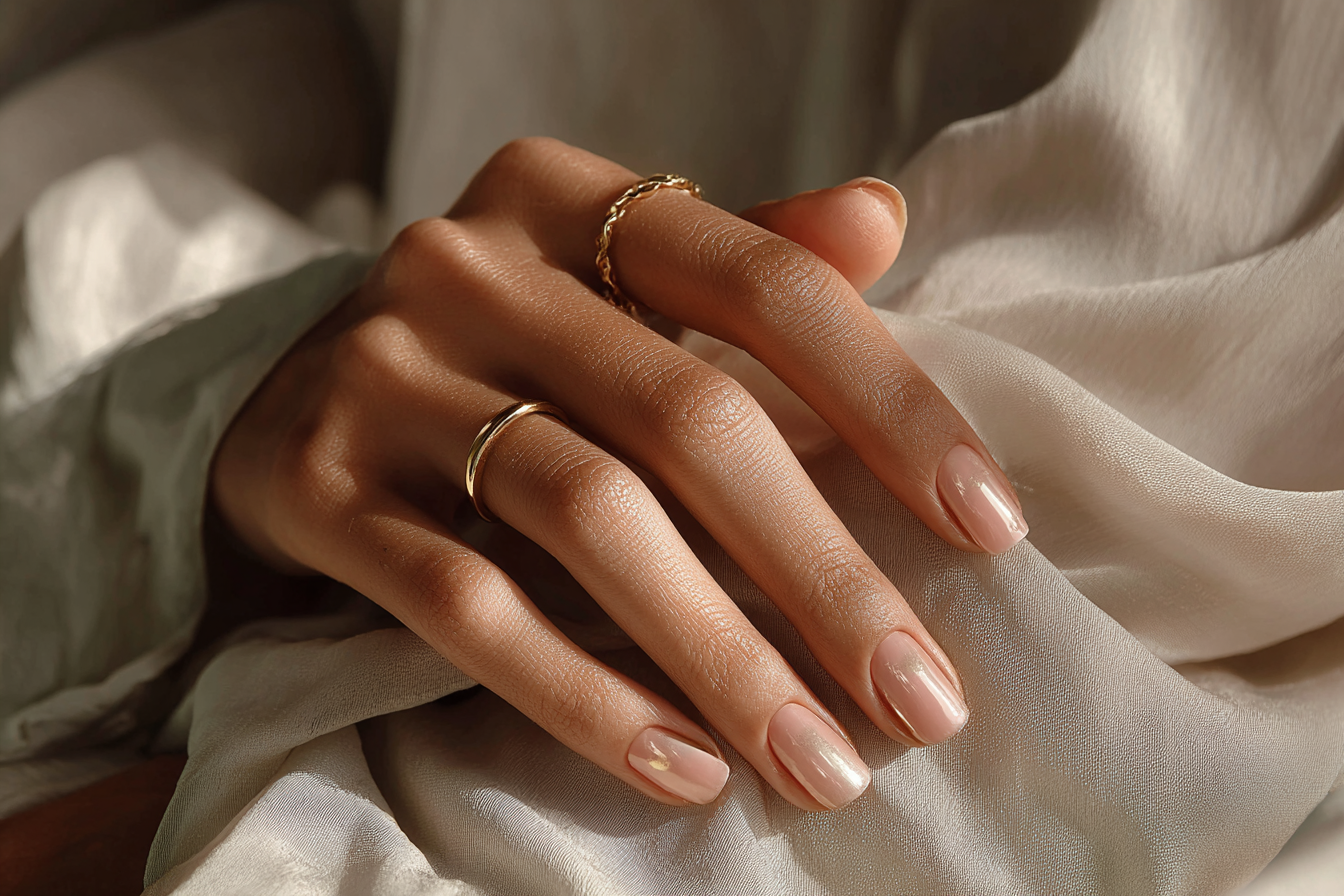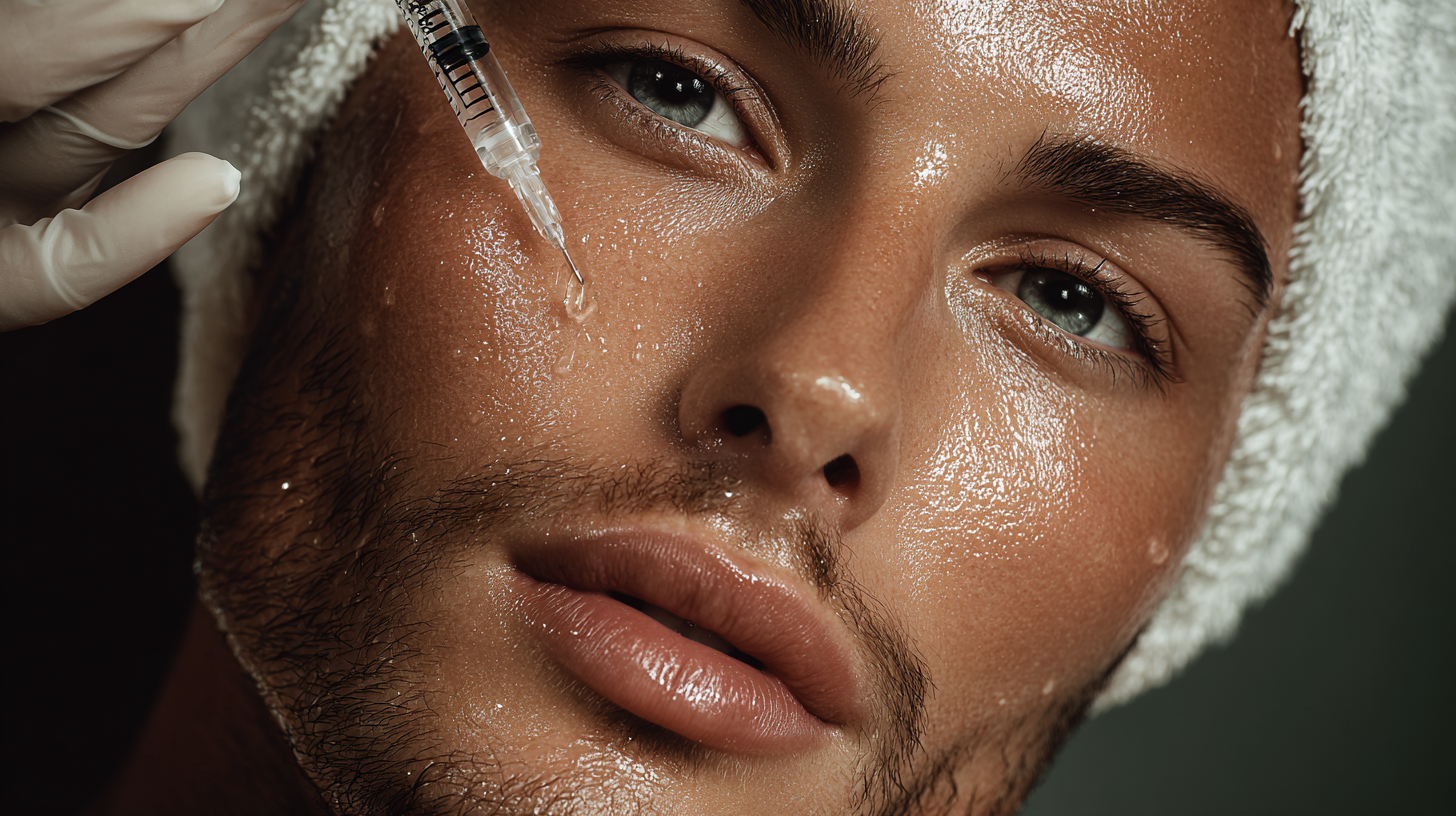Why “Drying Out” Acne Spots Isn’t the Answer – And What to Do Instead
There’s something almost instinctive about the impulse to zap a spot the moment it appears. A dab of toothpaste, a splash of rubbing alcohol; anything to shrink it overnight. But this common “drying out” approach to treating acne is not just outdated; it may be doing more harm than good. For professionals guiding patients through acne care, the conversation is shifting from surface-level quick fixes to strategies that support skin barrier integrity, minimise inflammation, and accelerate proper healing.
When skin is aggressively stripped of oil, especially using alcohol-based products or makeshift remedies like hydrogen peroxide or menthol-laced toothpaste, it often responds with a flare of inflammation. Dry skin is irritated skin. Once the skin barrier is compromised, the surrounding area becomes red, tight, and more prone to further breakout activity. Irritation itself can lead to new acne lesions. This is because the sebaceous glands, sensing dehydration, ramp up oil production to compensate, leading to clogged pores and an ideal environment for comedogenesis. Ironically, the pimple may shrink temporarily, but the risk of fresh breakouts actually increases.
Over-drying doesn’t just exacerbate inflammation - it can cause chemical burns on the epidermis, delay healing, and dramatically increase the risk of post-inflammatory hyperpigmentation and scarring. The raw, flaky texture left behind is often mistaken for progress, when in reality it’s evidence of damage. The result is skin that heals unevenly, with visible discolouration that can linger long after the original spot has resolved.
Instead, the modern approach to managing isolated blemishes is both targeted and protective. Dermatologists now recommend shifting from DIY harshness to clinically formulated actives such as benzoyl peroxide, salicylic acid, retinoids, or azelaic acid, all in precisely titrated concentrations. Benzoyl peroxide, with its potent antimicrobial properties, is highly effective at reducing Cutibacterium acnes populations. Salicylic acid, meanwhile, works as a beta-hydroxy acid to exfoliate inside the follicle and clear clogged pores. Both are far more effective and skin-friendly than household remedies.
We recommend:
Dermalogica Deep Breakout Liquid Patch
Combining 5% colloidal sulfur to target acne-causing bacteria with 4% niacinamide to calm inflammation and reduce post-acne marks, the liquid formula dries into a breathable, invisible patch. This allows the active ingredients to work directly on the blemish while shielding it from external irritants, bacteria, and picking, helping to accelerate healing without over-drying or damaging the skin barrier.
Available at Dermalogica for £35.
Medik8's Blemish SOS Rapid Action Target Gel
This fast-acting treatment is designed to reduce blemishes effectively. It contains salicylic acid, which exfoliates and clears pores, niacinamide to soothe inflammation and regulate oil production, and azelaic acid to combat acne-causing bacteria. The addition of dioic acid helps control sebum levels, preventing future breakouts. The clear, quick-drying formula allows for discreet application, making it suitable for use under makeup.
Available at Medik8 for £25.
Murad Deep Relief Blemish Treatment
This formulation includes 2% salicylic acid, which penetrates pores to exfoliate and clear out acne-causing debris, and a plant-based phytosteroid that soothes inflammation and hydrates the skin. The treatment also utilizes amino acid technology to target harmful bacteria and reduce redness. An innovative film-forming polymer creates a breathable "liquid patch," ensuring that active ingredients remain in place for extended efficacy while protecting the affected area from external irritants.
Available at Murad for £45.
Paula's Choice CLEAR Daily Skin Clearing Treatment
This treatment contains 2.5% benzoyl peroxide, which targets acne-causing bacteria to reduce existing blemishes and prevent future ones. The formula also includes bisabolol and allantoin, known for their soothing properties, helping to calm redness and irritation associated with acne. This lightweight, oil-free lotion absorbs quickly and provides a matte finish, making it suitable for daily use under makeup.
Available at Paula’s Choice for £41.
But even these proven actives require careful handling. Starting with a low concentration and gradually building frequency allows the skin time to acclimate and helps avoid irritation. Spot treatments should be reserved for actual lesions, not applied indiscriminately across large areas. Many dermatologists recommend beginning with once-daily application and increasing only if the skin tolerates it well.
And while it may seem counterintuitive to moisturise skin that’s breaking out, maintaining hydration is crucial. Acne-prone skin still needs moisture to maintain barrier function. A lightweight, non-comedogenic moisturiser can buffer the skin against irritation from active ingredients. Some dermatologists even advocate the “moisturiser sandwich” method - applying a thin layer before and after actives—to prevent peeling without compromising efficacy.
Gentle cleansing is also key. Twice-daily washing with a mild, pH-balanced cleanser is sufficient; scrubbing or over-washing can lead to rebound oil production and worsen inflammation. Alcohol-rich toners, gritty exfoliants, and fragranced astringents are best avoided, especially on sensitised or inflamed skin. Instead, the aim is to calm the epidermis, not punish it.
Perhaps one of the simplest yet most effective tools in the anti-acne arsenal is the hydrocolloid patch. “A barrier like a hydrocolloid pimple patch acts like a shield, keeping out bacteria, dirt, pollution, and other aggressors - especially if you've popped the spot/broken your skin.” comments Dr Sonia Khorana, Derm Expert for Hero Cosmetics. “It can help support the skin’s healing process by providing a moist environment and prevent further irritation. It also acts as a reminder not to touch or pick, reducing the chance of scarring or worsening the spot.” Originally used in wound care, these gel-based dressings create a moist, occlusive environment that draws out exudate while protecting the lesion from bacteria and mechanical trauma - especially picking. Studies have shown that these patches can reduce inflammation and speed healing, particularly when applied to pustular or recently drained spots. They’re drug-free, virtually invisible, and ideal for patients who struggle with hands-off compliance.
Hero Mighty Patch Original Spot Patches
Made from 100% medical-grade hydrocolloid, these patches work by absorbing excess fluid, pus, and oil from blemishes, creating a moist environment that promotes faster healing without drying out the skin. They also serve as a protective barrier, preventing bacteria and external irritants from aggravating the spot and deterring picking, which can lead to scarring. While they don't contain active acne-fighting ingredients like salicylic acid or benzoyl peroxide, their gentle, non-irritating nature makes them suitable for sensitive skin.
Available at Hero Cosmetics for £7.99.
starface hydro-star + salicylic acid
Starface Hydro-Star + Salicylic Acid patches are a playful yet functional approach to acne treatment, combining the benefits of hydrocolloid technology with the exfoliating power of 1% salicylic acid. The hydrocolloid material helps absorb excess fluid and reduce inflammation, while salicylic acid works to unclog pores and prevent future breakouts. Their vibrant design adds a fun element to skincare routines, making them especially appealing to younger users or those looking to embrace a more positive attitude toward acne management.
Available at starface for £10.99.
Ultimately, treating acne - whether as a practitioner or as a patient, is about striking a balance. Yes, it’s important to eliminate pathogenic bacteria and regulate oil, but not at the expense of the skin’s structural integrity. The best outcomes are seen when acne is addressed as a chronic inflammatory condition requiring consistent, barrier-conscious management, not aggressive surface-level control.
The real goal is to heal, not to scorch. And that means giving up the fantasy of a quick fix and replacing it with a regimen built on proven ingredients, patience, and respect for the skin’s innate ability to regenerate - when we let it.












